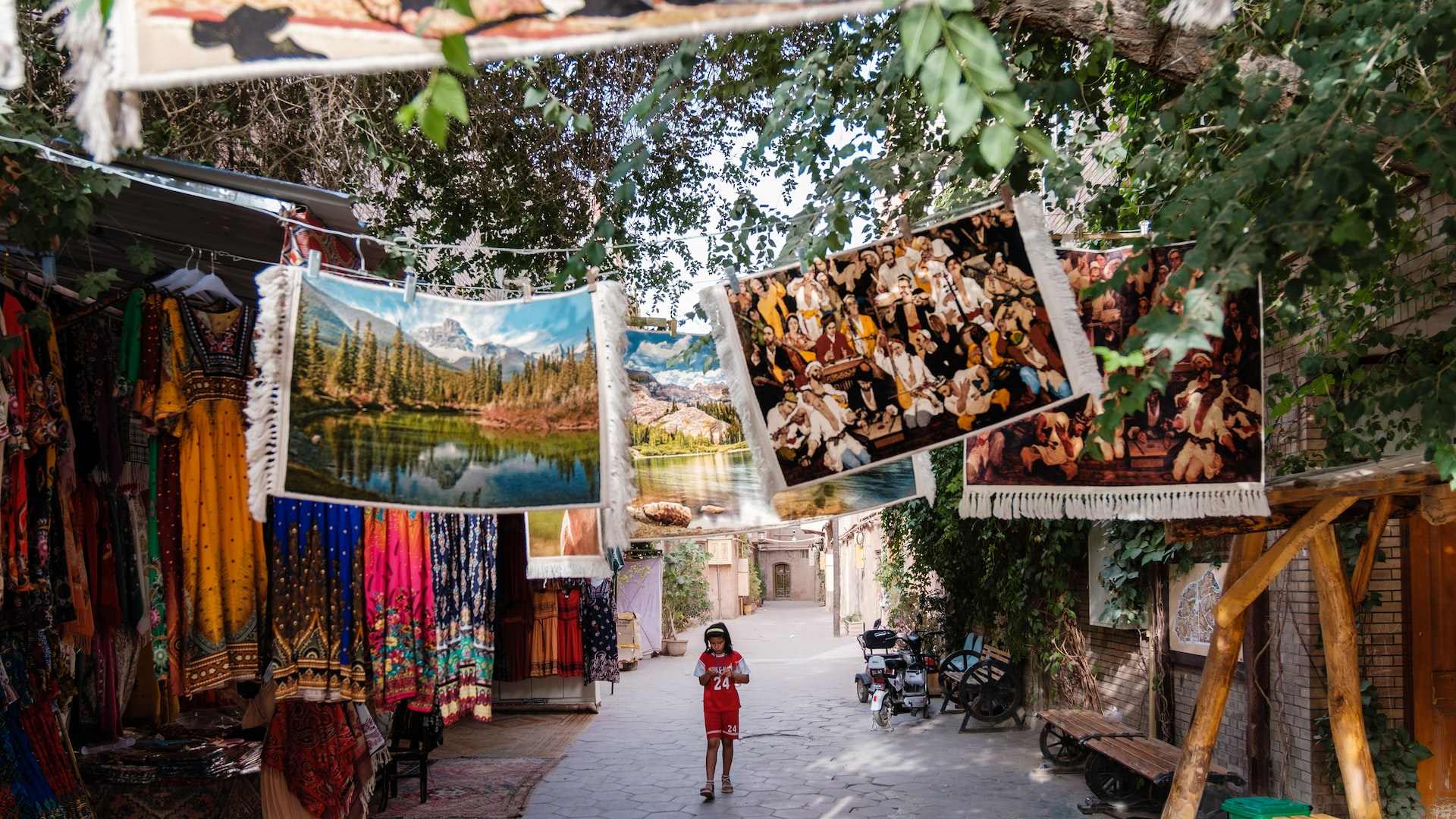Is Keelung dangerous? When it comes to Keelung safety, it is important to consider a variety of factors that may impact your experience in the city. While Keelung is generally considered a safe place to visit, there are certain things to keep in mind in order to stay safe and secure during your trip.
Common Causes of Injury
One of the most common causes of injury in Keelung is weather-related incidents. The city is located in a typhoon-prone area, and heavy rains and strong winds can make travel difficult and dangerous at times. It is important to pay attention to weather forecasts and to take precautions when venturing out during typhoon season. Additionally, it’s very important to be aware of the slippery sidewalks and streets when it rains, especially when visiting night markets or other crowded areas.
Natural Dangers
Keelung is also located on the coast and there are risks associated with swimming in the ocean. Strong currents and rip tides can make swimming and other water activities dangerous. It is important to pay attention to warning signs and to exercise caution when swimming in the ocean.
Weather-Related Safety
The best time to visit Keelung is during the spring and autumn months, when the weather is mild and there is less chance of typhoons. The summer months can be quite hot and humid, and the winter months can be quite cold. The typhoon season is typically from June to October, so it’s best to avoid visiting during this time if possible.
Crime
Keelung has a relatively low crime rate compared to other cities in Taiwan, however, it is still important to exercise caution and to be aware of your surroundings. The most common types of crime in Keelung are pickpocketing and theft, particularly in crowded areas such as night markets, tourist attractions, and public transportation stations. To avoid becoming a victim of crime, it’s important to keep your valuables secure and to be aware of your surroundings.
Safety Tips
It’s always a good idea to stick to well-lit and well-traveled areas, especially at night. Avoid carrying large amounts of cash and keep your valuables in a secure place, such as a hotel safe. Avoid walking alone in unfamiliar or poorly lit areas, and be aware of your surroundings at all times. If you do become a victim of crime, report it to the local police immediately.
Areas to Avoid
There are certain areas in Keelung that are best avoided, particularly at night. These areas include poorly lit and deserted streets, as well as abandoned buildings or areas known for criminal activity. It’s always a good idea to ask locals or hotel staff for advice on which areas to avoid, and to stick to well-traveled and well-lit areas whenever possible.
Safest Areas to Stick to
On the other hand, there are also certain areas in Keelung that are considered to be relatively safe and secure. These include popular tourist destinations such as the Keelung Miaokou Night Market, the Keelung City God Temple, and the Keelung Harbour. Additionally, many of the city’s hotels and guesthouses are located in safe and secure areas, and are a good option for visitors who are concerned about safety.
Specific Crime to be aware of
One specific crime to be aware of in Keelung is pickpocketing, particularly in crowded areas such as night markets, tourist attractions, and public transportation stations. Pickpockets often target tourists who are not familiar with the area, so it’s important to be aware of your surroundings and to keep your valuables secure. Additionally, it’s also important to be aware of the potential for theft from parked vehicles, particularly in areas with little foot traffic.
Conclusion
While Keelung is generally considered a safe city for tourists, it’s important to be aware of the potential risks and to take steps to ensure your safety. By following the safety tips outlined above, you can help ensure a safe and enjoyable trip to Keelung. Despite the potential risks, the city is definitely worth visiting and offers a great destination for tourists with rich culture and many interesting things to see and do.



